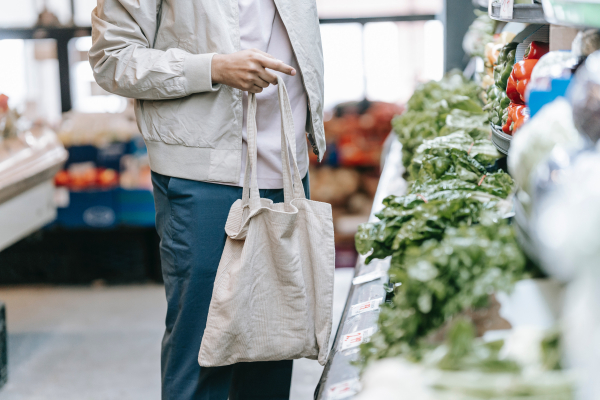Hyper-personalization, real-time personalization and 1:1 personalization are just a few examples of how brands and technology companies describe their ability to present customized content to their customers.
But what does personalization truly mean in these different contexts? What’s happening? And where do some companies say they’re hyper-personalizing, but really aren’t?
It’s an important topic, as retailers increasingly explore personalization tactics to reach consumers across channels via mobile devices and inside stores with smart shelves, smart carts and scanners. At the same time, consumers are asking for more personalization.
A McKinsey study of American consumers found 71% of consumers expect companies to deliver a personalized interaction with them, while 76% get frustrated when a company doesn’t.
Again, what are the expectations of that interaction? What level of personalization will satisfy your consumers?
Mid-tier grocers need to step up their personalization game
As retailers test and explore ways to grow their personalization efforts, it’s clear that personalization is a driver for their long-term success, and a tactic they need to figure out fast — particularly grocers.
In dunnhumby’s sixth annual Retailer Preference Index, a ranking of U.S. food retailers and how consumers feel about them, the report made a point to say that larger food retailers and mass merchants are demonstrating “superior ability” in how they are growing their personalization capabilities since 2020.
Personalization was a crucial factor in this latest ranking. The report noted that all the retailers that landed in the top quartile greatly increased their abilities to personalize pricing and promotions to their shoppers — particularly those considered to be non traditional food retailers, such as club stores and Amazon.
“This serves notice to personalization-led regional supermarket chains that they cannot rest on their past or even current capabilities and must instead continue to drive improvements in digital and personalization if they want to gain share against non-traditional formats,” the report said.
To keep up with the top-tier, leading grocers, personalization is clearly a must-have for mid-tieror regional chains.
Personalization should assist shoppers
At GK, one defining principle of personalization is ensuring the content provides an enriching experience, whether that’s receiving custom promotions or assisting with payment. It’s this type of personalization that will drive value for shoppers and get grocers climbing the rankings.
GK has seen this success in its enhanced personalization solution, with grocery retailers increasing overall orders by 25% by using personalization through GK AIR. The tool tailors the shopping experience to individual consumers across all touchpoints.
Essentially, personalization is more than who a shopper is (their demographics, their income, what level of education they have) but also what makes up their shopping behaviors (purchase history, do they buy produce online or only in-store, how often do they check their loyalty status).
With GK Engage, retailers build a loyalty platform that delivers personalized promotions based on behavior, suggests customized actions for their loyalty plan, presents location-based mobile push notifications to a customer down the aisle and linked to their shopping list, and more features.
It’s an exciting time in retail, and a great time to be a consumer. Regional grocers, leading e-tailers, mass merchants and club stores all want to deliver a highly relevant and personal shopping experience to their customers. Who does it best will come out on top.
Contact us today to see how we can help you grow your personalization capabilities.

